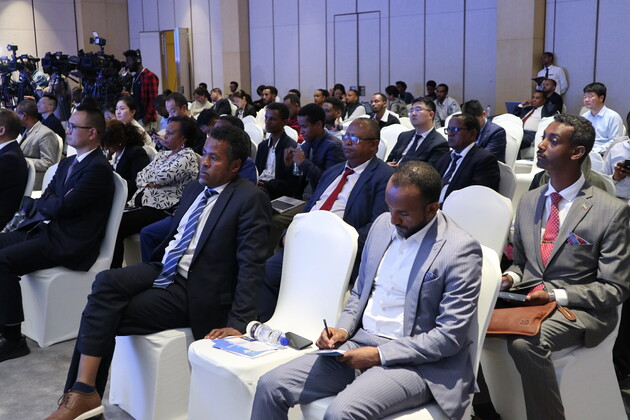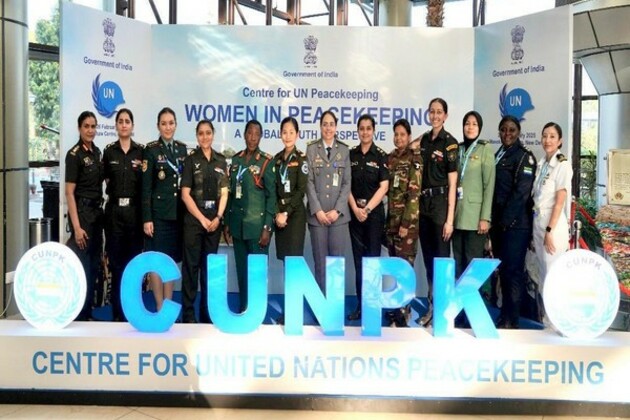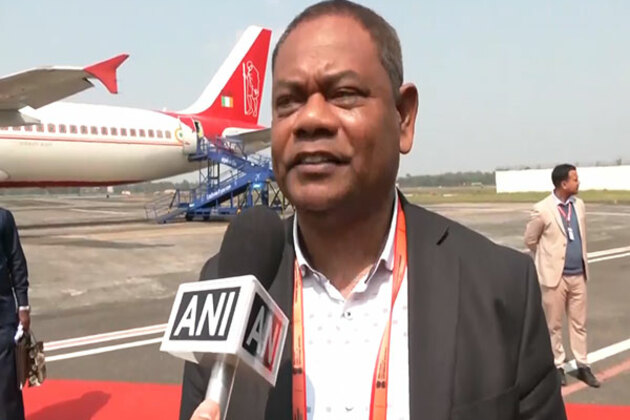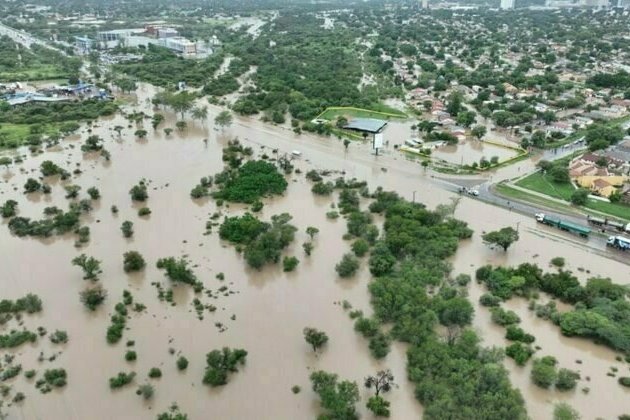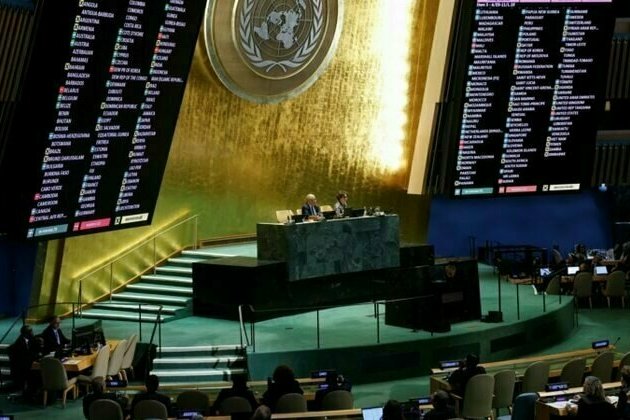Fixing fragility: Why it's time to rewrite the rulebook
The New Humanitarian
10 Apr 2019, 23:46 GMT+10
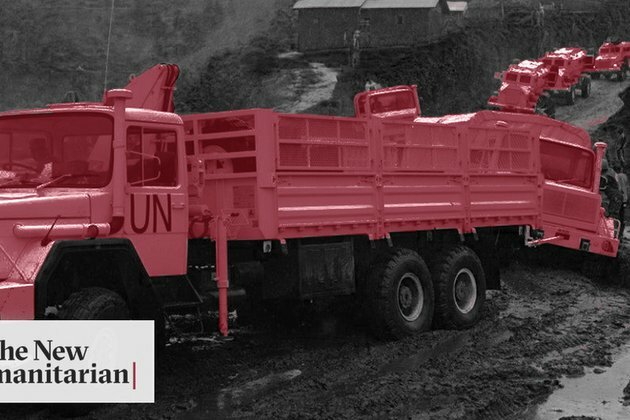
Special Report: Tipping Points 2019
This article is part of a special report in collaboration with the 2019 Fragile States Index examining the impact of state fragility on crisis response and prevention.
The need for a new approach to help fragile states has never been so urgent. The increased concentration of conflict in these contexts has spurred a global displacement crisis creating more than 20 million refugees and leaving some 40 million people internally displaced.
Vulnerability to climate change, disasters, pandemics, and price shocks is also higher in fragile states and will inevitably spur new waves of displacement, especially if funding for disaster risk reduction (DRR) continues to largely bypass these countries. Moreover, its estimated that 80 percent of the worlds extreme poor will live in fragile contexts by 2030, the endpoint of the Sustainable Development Goals.
The aid industry has overly relied upon, overly incentivised, and overly burdened emergency humanitarian assistance in attempting to deal with long-standing crises, broken institutions, and basic needs in fragile states.
Although the default donor response of a humanitarian model of short-term, emergency assistance has saved countless lives, it has also become degraded in the face of protracted and recurring crises of conflicts, disasters, and destitution.
In the eastern Democratic Republic of Congo, for example, World Vision and its partners have documented how the emergency camp model for displaced populations has been in use for nearly two decades, and how this model has eroded the coping capacities and increased the grievances of displaced persons and host communities.
Similarly, in Somalia, the emergency response model has morphed into a makeshift mode of long-term service delivery for health, education, water and sanitation, and food assistance. This has been referred to as path dependency one that locks in humanitarian operations as the dominant response and stymies attempts to introduce alternative approaches to long-term crises and fragility.
Blame for this cannot be assigned solely to humanitarian agencies. They are working to save and sustain lives under the constraints of an aid paradigm that has failed to find new political and developmental approaches to help people in the hardest places.
Resilience and the new shape of aid
The growing demand for more development actors to work in fragile states for longer-term solutions to crises is valid but not straightforward.
Development has traditionally focused on promoting economic growth and reducing poverty, rather than helping countries manage complex risks, root causes, and crises. This is despite various studies noting that todays most peaceful and advanced economies are where they are today because they avoided or managed major setbacks and crises, rather than solely focusing on growth acceleration.
Amid broad agreement that the current approach is ill-equipped to deal with the exigencies of fragile states, a new model is beginning to emerge. A so-called fragility to resilience paradigm has begun to take root across fragile state governments, donors, and multilateral institutions, including the g7+, the European Union, the African Development Bank (AfDB), the World Bank, the UN, and the OECD.
This new strategy is concerned with identifying complex, interacting risks of conflict, disaster, and destitution in fragile states and helping to support and strengthen diverse domestic capacities to address them, their root causes, and ensuing crises.
This is precisely the difference in focus between working in fragile and non-fragile contexts. The latter focuses on growing inclusive economies to meet human needs, while the former is focused on meeting needs as well as dealing with multidimensional risks, causes, and crises.
In 2018, the OECD redefined the concept of fragility in line with this emerging focus on resilience. It noted that fragility is defined as the combination of exposure to risk and insufficient coping capacity of the state, system and/or communities to manage, absorb or mitigate those risks.
The OECDs Fragility Framework highlights ratios of higher risks and insufficient coping capacities across political, societal, economic, environment, and security dimensions. These efforts are meant to help orient country-level approaches to building resilience in fragile states.
This approach has begun to attract interest from within the wider peacebuilding, stabilisation, and conflict prevention community.
For example, the UN and World Banks 2018 Pathways for Peace report declares: resilience through investment in inclusive and sustainable development including addressing inequalities, strengthening institutions, and ensuring that development strategies are risk-informed is the best means of prevention.
Country-led response
Under a new resilience paradigm, country coordination mechanisms should become the locus of action instead of donor capitals.
These mechanisms must be led by governments and comprised of partners from civil society and the private sector. They should help to solve collective action problems, promote mutual accountability, target resources, and foster policy dialogue to strengthen cooperation for country-level resilience. Their success relies on the adoption of adaptive approaches that hold firm to shared outcomes while the pathways, partnerships, resources, and scaling approaches remain flexible. Rather than top-down planning bodies that impose pre-fixed solutions, rigid timelines, and metrics on stakeholders and partners, there needs to be space for iteration, learning and, importantly, course correction.
Although similar approaches have been attempted for over two decades in diverse fragile states including Afghanistan, Haiti, Liberia, Sierra Leone, Somalia, and Timor-Leste they are among the least examined and refined elements of aid.
However, a new study from the Maastricht-based think tank, the European Centre for Development Policy Management, or ECDPM, shows the promise of this new approach in Somalia.
The study outlines how the country coordination mechanism there played a significant role in solving collective action problems between the government, donors, and stakeholders in order to advance the national development plan.
Importantly, this mechanism also facilitated security sector reform and local distribution of development dividends that improved the durability of the political settlement. The ECDPM report noted that the grouping of several multi-donor funds within the mechanism and their adaptive and politically-savvy way of improving local governance and conflict mitigation proved instrumental.
The shift to a fragility to resilience paradigm will take time. It will require new theories of change, experimentation, and high-level donor support. In practice, that means working to change operating cultures and opening up to higher levels of risk tolerance.
Steps are being taken in this direction. The OECDs recent recommendations on bridging the gaps between peacebuilding, humanitarian response, and development is a step in the right direction. The so-called Triple Nexus affirms the need for a greater focus on resilience, safeguarding humanitarian principles, local empowerment, and coordination,and, crucially, a willingness to embrace adaptive methods. Such moves should build the foundation for a much-needed new approach to humanitarian and development work within fragile states.
Of course, its unclear whether there will be enough political and risk appetite within the aid community to support fragile states on the long march to real change. But what is for sure, is that the status quo cannot continue if we hope to meet the global pledge to leave no one behind in the hardest places.
(TOP PHOTO:A UN convoy gets stuck on the main road to Masisi from Goma at Bihambwe in North Kivu's Masisi territory, DRC.)
 Share
Share
 Tweet
Tweet
 Share
Share
 Flip
Flip
 Email
Email
Watch latest videos
Subscribe and Follow
Get a daily dose of Sierra Leone Times news through our daily email, its complimentary and keeps you fully up to date with world and business news as well.
News RELEASES
Publish news of your business, community or sports group, personnel appointments, major event and more by submitting a news release to Sierra Leone Times.
More InformationBusiness
SectionReuters survey: Bank of Japan likely to hike rates to 0.75% in Q3
TOKYO, Japan: The Bank of Japan is expected to raise interest rates at least once more this year, likely in the third quarter, bringing...
Nasdaq Composite plummets 237 points as U.S. investors fret
NEW YORK, New York - U.S. stock markets closed lower on Monday, with the major indexes showing mixed performances as investors digested...
Airbus targets 820 jet deliveries in 2025, delays A350 freighter
BLAGNAC, France: Airbus has set a target of delivering around 820 commercial jets in 2025, marking a seven percent increase from the...
Google plans first retail stores outside US, eyes India launch
NEW DELHI, India: Google is preparing to open its first physical retail stores outside the U.S., with locations in India likely to...
1 in 5 Americans stock up amid concerns over Trump’s tariffs
WASHINGTON, D.C.: One in five Americans say they are buying more than usual because they are worried about President Donald Trump's...
Chipotle Mexican Grill boosts hiring ahead of busy burrito season rush
NEWPORT BEACH, California: Chipotle Mexican Grill is ramping up hiring efforts ahead of its busiest time of the year, known as burrito...
Africa
SectionETHIOPIA-ADDIS ABABA-CHINA-ECONOMIC AND TRADE FORUM
(250225) -- ADDIS ABABA, Feb. 25, 2025 (Xinhua) -- The Ethiopia-China Economic and Trade Forum is held in Addis Ababa, capital of Ethiopia,...
Conference for Women Peacekeepers from Global South kicks off in New Delhi
New Delhi [India], February 25 (ANI): The first-ever Conference for Women Peacekeepers from the Global South, themed 'Women in Peacekeeping:...
China provocatively penetrates the South-Pacific
Hong Kong, February 25 (ANI): Alarm rippled through Australian and New Zealand corridors of power as a Chinese naval task group sailed...
Heads of Mission and Diplomats express gratitude for Assam visit
Guwahati (Assam) [India], February 25 (ANI): Heads of Mission, along with their spouses and diplomats from 60 nations, who visited...
Deadly floods in Botswana kill 9; nearly 2,000 people evacuated
GABORONE, BOTSWANA — Botswana authorities say at least nine people were confirmed dead Monday, as rare flooding hit the semi-arid...
At UN, US pushes through resolution on path for Russia-Ukraine
United Nations — The United States pushed through its “Path for Peace” resolution at the U.N. Security Council on Monday, despite...







